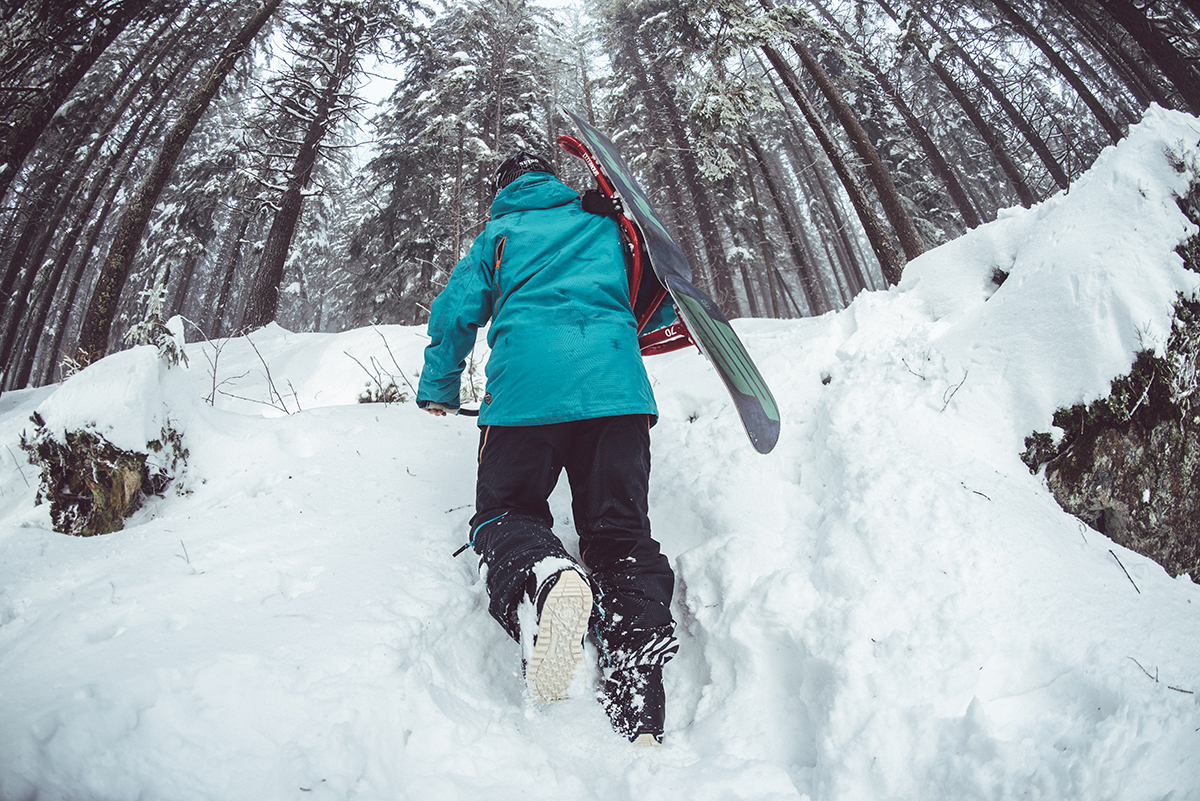Don’t let the cold weather slow you down!
There are so many activities that are made for the cold weather. Outdoor activities, like skiing, hockey, and ice skating, are great ways to stay active during the winter months. However, make sure you pay attention to how your body is feeling while participating in winter sports and check out these tips for preventing injuries during your favorite winter activities.
-
Never go alone
When participating in a winter sport, the most dangerous thing you can do is to go alone. If you are injured, you may not be able to get help on your own. Not only will bringing a friend along help minimize your risk of injury, but it also more fun to have a friend along when playing sports.
-
Warm up
Cold weather causes your muscles to tighten up and your blood vessels to contract. Because of this, it is important to warm up before playing any winter sport. Spend more time than usual on your warm-up exercises, focusing on the muscles that will get the most use. Start with some light exercises and gentle stretches, holding each stretch for at least 30 seconds. Try stretching your arms, legs and back, doing some arm circles, twisting your upper body, squats, and jumping rope or running in place before participating in any winter sport. Also, make sure you drink plenty of water before, during and after activities.
-
Use Protective Equipment
Most common winter sports injuries can be minimized or prevented by wearing the proper equipment. Make sure with any sport that you are wearing a helmet at the very least. Choose a helmet with a strong outer shell and shock absorption layer. and check for signs of wear and tear if you have an old helmet. Depending on the sport, you may need other types of padding. Hockey will require more padding such as a face mask, mouthpiece, shin pads, shoulder pads, and elbow pads. Skiing and snowboarding will require equipment like goggles, wrist and knee pads. Always check that you have the proper equipment before participating in a winter sport.
-
Follow proper technique
Before doing any sport, make sure you know the proper technique. Most injuries occur because the athlete didn’t have the right form. Make sure you spend time with a qualified instructor before playing. Not only will they teach you the basics of the sport, but they will also show you how to properly move your body to prevent injuries and what to do if you feel yourself falling.
-
Wear Appropriate clothing
When playing winter sports, clothing does more than just keep you warm. Clothing has to protect you from sunburn, windburn, and frostbite but also needs to allow you to move freely because being constrained can cause injury. Make sure your clothes are loose-fitting, so you can move without being constricted, and breathable, so heat can be trapped inside. Try wearing several layers that can be removed or added depending on temperature.
-
Know your limits
Knowing when to stop is the most important thing when playing a winter sport. Most injuries happen at the end of the day when a person is exerting themselves too hard while trying to make that last run before the end of the day. Even after following every skiing, skating or snowboarding injury prevention guideline, you could end up feeling exhausted or experiencing pain. In either case, it’s time to stop. Even during the day, it is important to pace yourself. Take plenty of water breaks to avoid overheating and dehydration. These breaks are also a good time to stretch your muscles to keep them warm and flexible.
If you are injured or experiencing pain, please contact the offices of William Capicotto. Sports injuries can be debilitating for an athlete and we’ll work with you to develop the best and safest plan for recovery.




